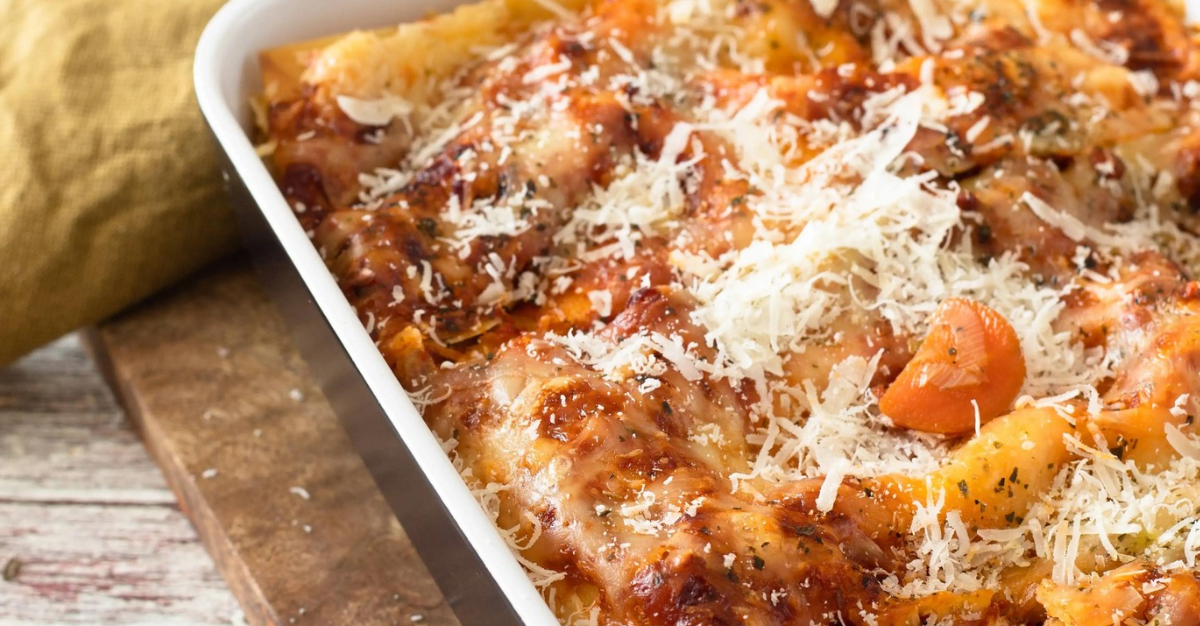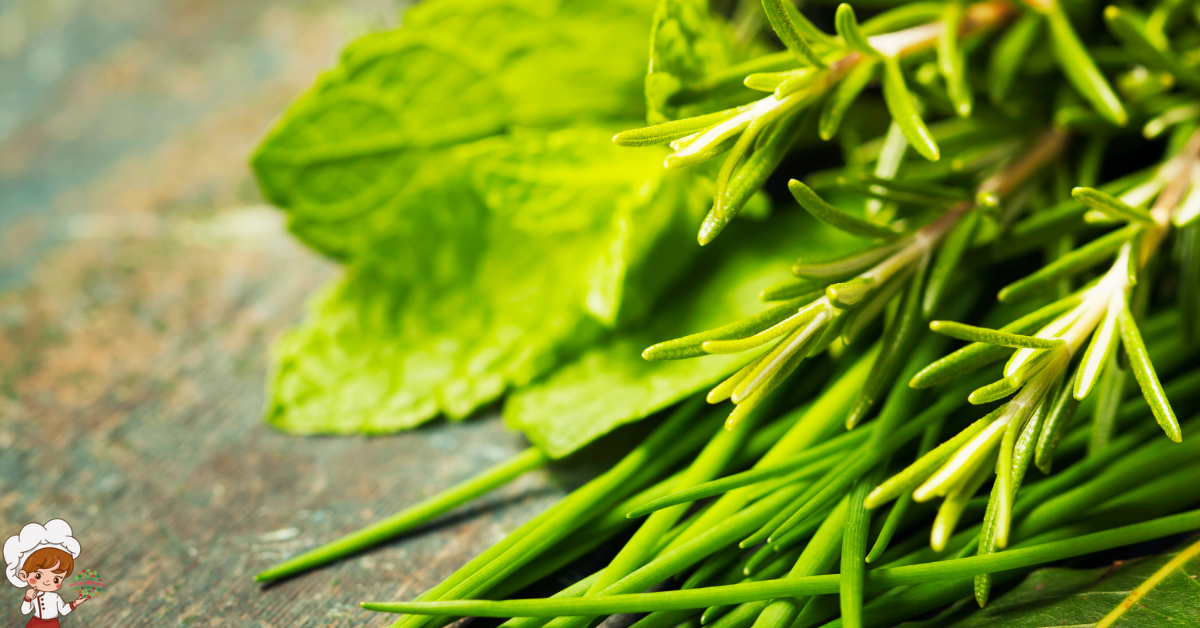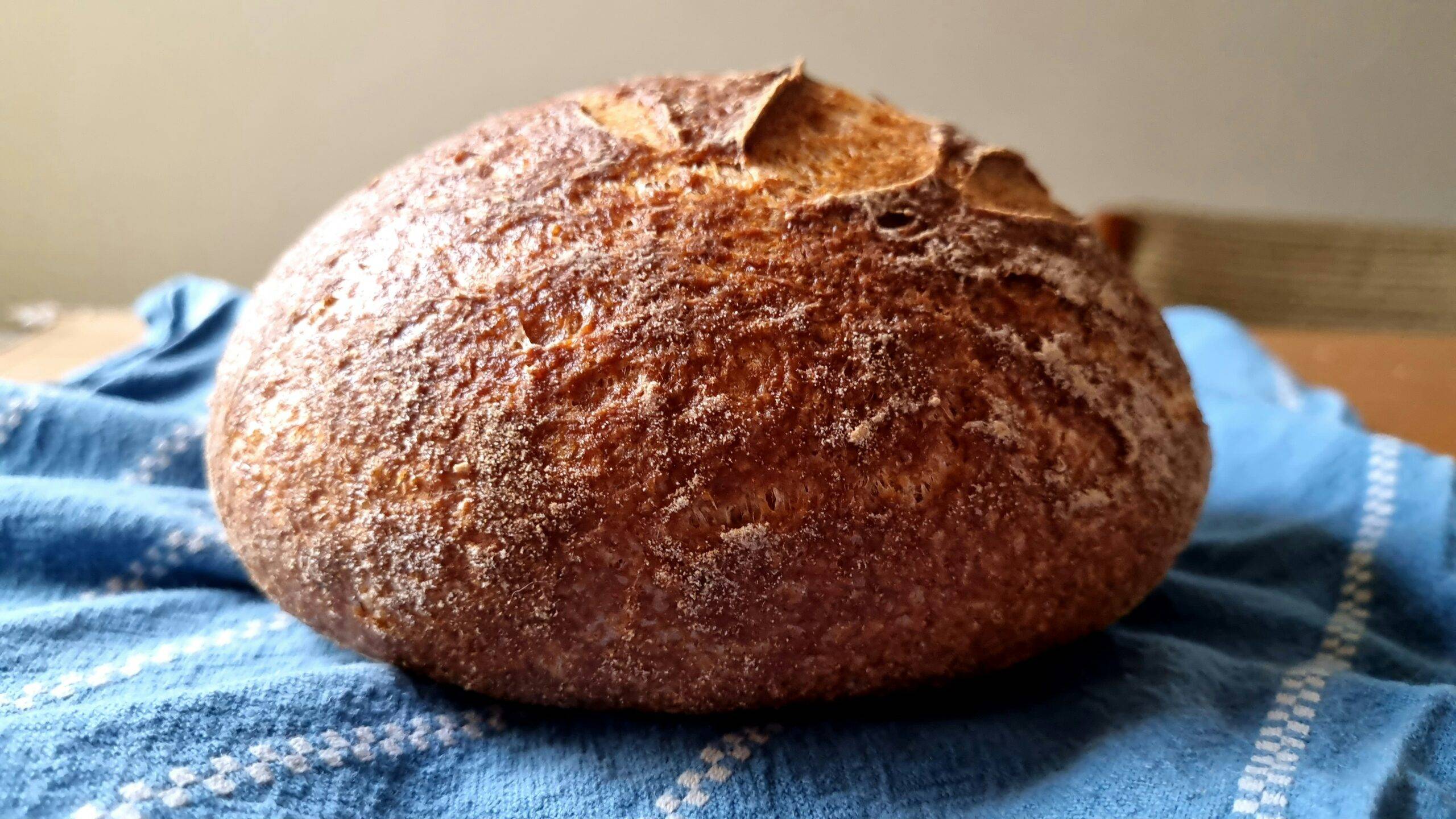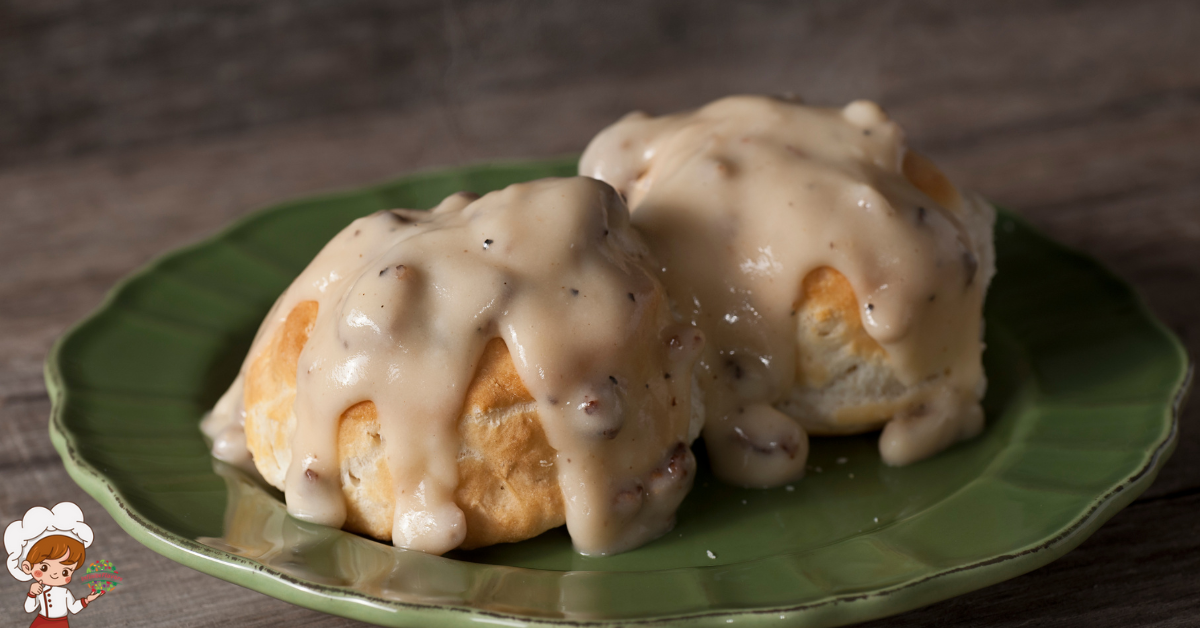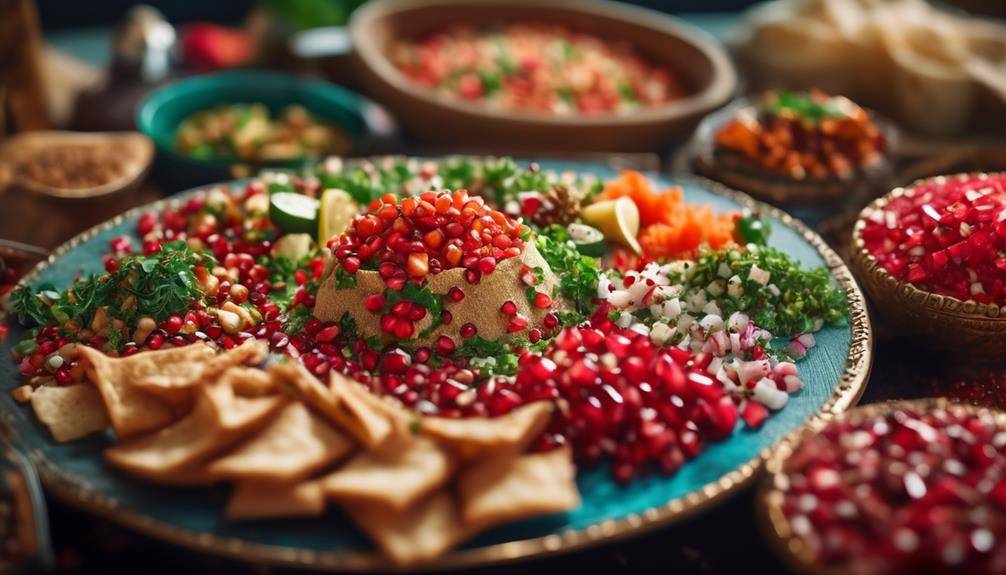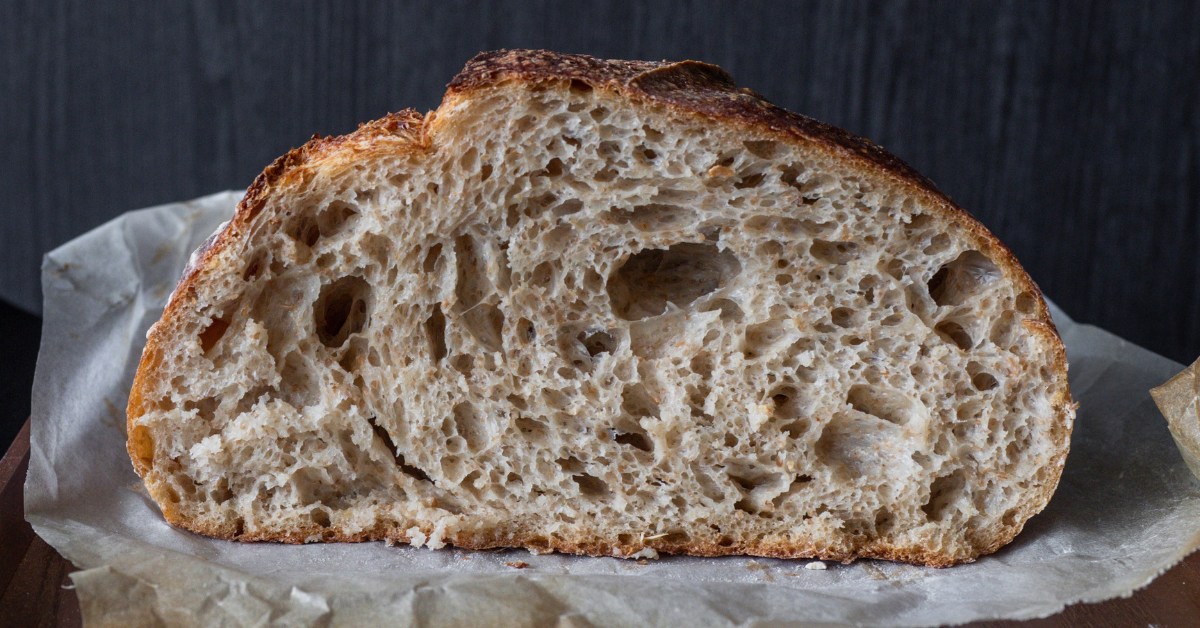Amazing Healthy Traditional Lebanese Dishes
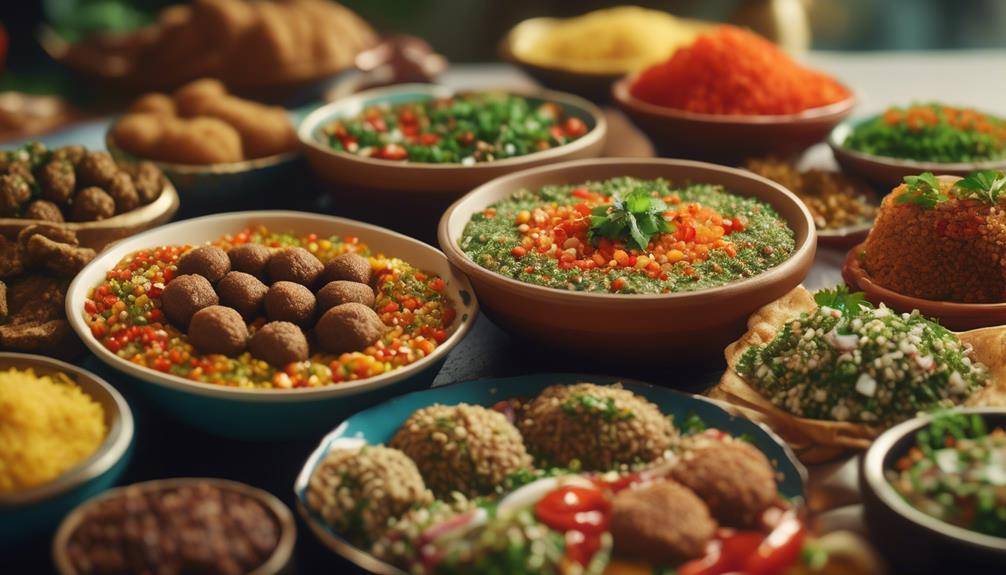
Amazing Healthy Traditional Lebanese Dishes; Did you know that traditional Lebanese cuisine is known for its rich flavors and diverse ingredients? From the vibrant mezze platters to the succulent shawarma wraps, Lebanese dishes offer a delightful culinary experience. But what makes these dishes so special? In this discussion, we will explore the unique ingredients, cooking techniques, and cultural influences that contribute to the magic of traditional Lebanese cuisine. So, get ready to embark on a flavorful journey that will leave you craving for more.
Mezze: A Flavorful Array of Small Plates
Mezze offers a tantalizing assortment of small plates that showcase the rich flavors and culinary traditions of Lebanon. These small plates are not only delicious but also a great way to experience the diversity of Lebanese cuisine. Mezze can be served as appetizers or as a complete meal, and there are countless variations of recipes and presentation ideas to choose from.
When it comes to mezze recipe variations, the options are endless. Classic dishes like hummus, tabbouleh, and baba ganoush are staples of Lebanese cuisine and can be found in almost every mezze spread. However, there are also lesser-known dishes that are just as delicious and worth trying. For example, fatayer, which are savory pastries stuffed with spinach, cheese, or meat, are a popular choice. Another tasty option is kibbeh, which are fried or baked meatballs made from a mixture of ground meat and bulgur wheat.
In terms of mezze presentation ideas, it is important to create a visually appealing spread that is both inviting and appetizing. One idea is to use a variety of colorful ingredients to create a vibrant display. For example, you can use different types of olives, pickled vegetables, and fresh herbs to add pops of color to the mezze platter. Another idea is to serve the mezze on individual small plates or bowls, allowing guests to easily sample a variety of dishes.
Tabbouleh: A Refreshing and Tangy Salad
When it comes to Tabbouleh, the key lies in the ingredients. This refreshing and tangy salad is traditionally made with bulgur wheat, tomatoes, cucumbers, parsley, mint, and a zesty dressing of lemon juice and olive oil. The preparation involves finely chopping the vegetables and mixing them with the soaked bulgur, creating a vibrant and flavorful dish.
Ingredients for Tabbouleh
To create the refreshing and tangy salad known as Tabbouleh, gather an array of fresh and vibrant ingredients. The star of the dish is bulgur wheat, which is soaked in water and then drained before use. This gives the salad a satisfying, chewy texture. Next, finely chop fresh parsley, mint, and tomatoes, ensuring they are all evenly sized. The herbs add a burst of freshness, while the tomatoes contribute a juicy sweetness.
To balance the flavors, add freshly squeezed lemon juice for a tangy kick. Finally, drizzle extra virgin olive oil over the salad to bring all the ingredients together. Tabbouleh is a versatile dish, and you can customize it to your liking by adding ingredients like cucumber, onion, or even pomegranate seeds. So go ahead and experiment with different variations and adaptations to create your own unique version of this classic Lebanese salad.
Preparation of Tabbouleh
For the preparation of Tabbouleh, start by soaking bulgur wheat in water and draining it to achieve a satisfying, chewy texture for this refreshing and tangy salad. Tabbouleh is a versatile dish, and there are variations in its preparation. The traditional Lebanese version includes finely chopped parsley, tomatoes, mint, onions, and a dressing made from olive oil and lemon juice.
Some variations may also include cucumbers, garlic, or even pomegranate seeds for added flavor and texture. Tabbouleh is not only delicious but also offers several health benefits. It is rich in fiber, which aids in digestion and helps maintain a healthy weight. Additionally, the parsley and mint provide a good dose of vitamins and minerals, while the olive oil contributes heart-healthy fats. So, indulge in this flavorful salad and reap its amazing health benefits.
Serving and Presentation Suggestions
Now that you have prepared the flavorful and nutritious Tabbouleh, it’s time to explore some creative suggestions for serving and presenting this refreshing and tangy salad. Here are some ideas to make your Tabbouleh stand out:
- Serve Tabbouleh in hollowed-out bell peppers or tomatoes for a colorful and eye-catching presentation.
- Garnish the Tabbouleh with a sprinkle of sumac or a drizzle of olive oil to enhance the flavors and add visual appeal.
- Serve Tabbouleh alongside warm pita bread or crispy Lebanese flatbread for a delightful combination of textures.
These serving and presentation suggestions will elevate your Tabbouleh and make it a standout dish at any meal. Whether you’re hosting a dinner party or enjoying a casual weekday lunch, incorporating these ideas will impress your guests and bring a taste of Lebanon to your everyday meals. So go ahead and get creative with your Tabbouleh presentation!
Kibbeh: A Savory Combination of Meat and Bulgur
Kibbeh, a delectable Lebanese dish, combines finely ground meat and bulgur to create a savory and satisfying culinary experience. This traditional dish has various variations, each with its own unique flavor profile and preparation method. One popular variation is the raw kibbeh, where the meat and bulgur are mixed together with spices and served raw. This variation is typically enjoyed as a mezze, or appetizer, alongside other traditional Lebanese dishes. Another variation is the baked kibbeh, where the mixture is shaped into patties or balls and then baked to perfection. The baking process adds a delightful crust to the outer layer, giving the kibbeh a crispy texture.
Kibbeh can be served on its own as a main course or paired with a variety of side dishes. Some common side dishes include fattoush, a refreshing salad made with mixed greens, tomatoes, cucumbers, and toasted pita bread; tabbouleh, a vibrant parsley and bulgur salad; and hummus, a creamy dip made from chickpeas, tahini, and garlic. These side dishes complement the flavors of the kibbeh and provide a balanced meal.
When enjoying kibbeh, it is important to savor each bite and appreciate the combination of flavors and textures. The richness of the meat, the nuttiness of the bulgur, and the aromatic spices all come together to create a truly memorable dish. Whether you choose to try the raw or baked variation, make sure to pair it with some delicious side dishes to complete the culinary experience. So, next time you’re in the mood for a savory and satisfying Lebanese dish, give kibbeh a try and immerse yourself in the flavors of Lebanon.
Shawarma: Succulent Grilled Meat in a Wrap
Shawarma, a mouthwatering Lebanese delicacy, features succulent grilled meat wrapped in a warm pita bread, creating a flavorful and satisfying culinary delight. Whether you’re a fan of tender chicken, juicy beef, or flavorful lamb, shawarma has something to offer for everyone. Here are three reasons why you should indulge in this delectable treat:
- Irresistible Marinade: One of the key components that sets shawarma apart is the marinade. The meat is marinated for hours in a blend of aromatic spices, such as cumin, coriander, paprika, and garlic, which infuses it with a burst of flavor. The marinade not only enhances the taste but also helps to tenderize the meat, resulting in a melt-in-your-mouth texture that will leave you craving for more.
- Variety of Wraps: Shawarma can be enjoyed in various ways, each offering a unique twist to the classic dish. The most common type is the chicken shawarma wrap, where succulent strips of marinated chicken are grilled to perfection and wrapped in a soft pita bread. For those who prefer red meat, beef shawarma is a popular choice, with its rich and robust flavor. And for the adventurous food lovers, lamb shawarma is a must-try, with its tender and gamey taste.
- Accompaniments and Sauces: To elevate the shawarma experience, a variety of accompaniments and sauces are offered. Traditional toppings include crispy lettuce, juicy tomatoes, tangy pickles, and creamy tahini sauce. These add a refreshing crunch and balance to the richness of the meat, creating a harmonious blend of flavors. Additionally, some establishments offer additional sauces like garlic sauce or spicy chili sauce, allowing you to customize your shawarma according to your taste preferences.
Falafel: Crispy Chickpea Fritters With a Spicy Kick
If you’re in the mood for a crispy and flavorful vegetarian option, look no further than falafel: crispy chickpea fritters with a spicy kick. Falafel is a popular Middle Eastern dish that has gained worldwide recognition for its unique taste and texture. Made from ground chickpeas blended with a mixture of herbs and spices, falafel is then shaped into small patties and deep-fried to perfection. The result is a crunchy exterior with a soft and moist center.
Falafel comes in various forms and flavors, with each region adding its own twist to the traditional recipe. Some popular variations include adding fresh herbs like parsley or cilantro to the mixture, which adds a burst of freshness to the fritters. Others prefer to include additional spices such as cumin, coriander, or even chili powder to give the falafel a spicy kick.
Aside from its delicious taste, falafel also offers several health benefits due to its main ingredient, chickpeas. Chickpeas are a rich source of protein, fiber, and several important vitamins and minerals. They are also low in fat and contain no cholesterol, making falafel a nutritious option for vegetarians and vegans. The fiber in chickpeas helps promote healthy digestion and can aid in weight management by keeping you feeling full for longer periods.
With its crispy exterior, flavorful interior, and numerous health benefits, falafel is a versatile and satisfying dish that can be enjoyed in various ways. Whether served in a pita bread with tahini sauce and fresh vegetables or as part of a mezze platter, falafel is sure to please your taste buds and leave you craving for more.
Fattoush: A Vibrant and Crunchy Vegetable Salad
To continue exploring the diverse and delicious world of Lebanese cuisine, let’s now turn our attention to Fattoush: a vibrant and crunchy vegetable salad. Fattoush is a classic dish that is loved for its refreshing flavors and satisfying crunch. Here are three reasons why you should give Fattoush a try:
- Variations: Fattoush is a versatile salad that can be customized to suit your taste. While the base of the salad typically includes crisp lettuce, tomatoes, cucumbers, and radishes, you can add your own twist by incorporating ingredients like bell peppers, red onions, or even pomegranate seeds for an extra burst of flavor. The dressing is traditionally made with a combination of olive oil, lemon juice, and sumac, which gives the salad its distinctive tangy taste. However, you can experiment with different herbs and spices to create your own unique dressing.
- History: Fattoush has a rich history that dates back centuries. It is believed to have originated in the Levant region, which includes present-day Lebanon, Syria, and Jordan. The salad was created as a way to use up stale bread, which is toasted and added to the salad for an added crunch. Fattoush has since become a staple in Lebanese cuisine and is enjoyed by locals and tourists alike.
- Health Benefits: Fattoush is not only delicious but also packed with nutrients. The combination of fresh vegetables provides a good source of vitamins, minerals, and fiber. The olive oil in the dressing is rich in healthy fats, while the toasted bread adds carbohydrates for energy. Overall, Fattoush is a nutritious option that can be enjoyed as a light lunch or a side dish to complement your meal.
Mansaf: a Festive Lamb Dish With Yogurt Sauce
Mansaf, a traditional Lebanese dish, is a festive lamb delicacy that is often enjoyed with a tangy yogurt sauce. This dish holds a special place in Lebanese cuisine and is typically served on special occasions, such as weddings or holidays. Mansaf is known for its rich flavors and unique cooking method, making it a true delight for meat lovers.
The star of the dish is the lamb, which is typically cooked in a pot with a blend of aromatic spices, such as cardamom, cinnamon, and cloves. The meat is slow-cooked until it becomes tender and succulent, allowing the flavors to infuse into every bite. Once the lamb is cooked to perfection, it is placed on a bed of fluffy rice, which has been cooked in the same pot, absorbing all the flavorful juices.
The tangy yogurt sauce is an essential component of mansaf. It is made by mixing yogurt with a hint of garlic and thickening agents like rice or semolina. The sauce adds a creamy and refreshing element to the dish, balancing out the richness of the lamb and rice. The yogurt sauce also serves to enhance the flavors of the spices used in the cooking process.
Mansaf variations can be found across different regions of Lebanon. For example, in the northern part of the country, almonds and pine nuts are often added to the dish, giving it a delightful crunch. In the southern region, it is common to find mansaf served with a side of tabbouleh, a refreshing salad made from parsley, tomatoes, and bulgur wheat.
Baklava: Sweet and Nutty Pastry Delight
When it comes to the delectable treat of Baklava, the ingredients play a crucial role in its sweet and nutty flavor. Layers of thin pastry sheets, butter, and a generous amount of ground nuts, such as pistachios or walnuts, come together to create a harmonious blend of textures and tastes. The preparation of Baklava involves meticulously layering the pastry sheets, generously brushing each layer with melted butter, and sprinkling the ground nuts in between.
Baklava Ingredients
For a truly decadent treat that combines the flavors of sweet and nutty, look no further than baklava, a Lebanese pastry delight. Baklava has a rich history that dates back centuries and has evolved into various variations across different regions. When it comes to the ingredients that make up this mouthwatering dessert, you’ll find a harmonious blend of traditional elements. Here are the key ingredients that give baklava its distinctive taste and texture:
- Phyllo dough: Thin and delicate sheets of pastry that add a flaky texture to the dessert.
- Nuts: Typically, a mixture of pistachios, walnuts, or almonds, finely chopped and layered between the phyllo sheets for added crunch.
- Syrup: A sweet and fragrant mixture of honey, sugar, lemon juice, and rosewater that is poured over the baked pastry, giving it a sticky, sweet glaze.
Baklava Preparation
To prepare the delectable Lebanese pastry delight known as baklava, you will need to carefully layer phyllo dough sheets with a mixture of finely chopped nuts and generously drizzle the baked pastry with a sweet and fragrant syrup. Baklava has a rich history that dates back centuries, with its exact origin still debated among culinary experts. This sweet treat is believed to have been introduced to Lebanon during the Ottoman Empire and has since become a beloved dessert in Lebanese cuisine.
While the basic recipe remains consistent, there are numerous variations of baklava found across different regions of Lebanon. Some variations include adding spices such as cinnamon or cardamom to the nut mixture, while others may incorporate different types of nuts like pistachios or walnuts. Regardless of the variation, the process of making baklava requires precision and attention to detail to achieve the perfect balance of flavors and textures.
Baklava Serving Suggestions
For a delightful way to serve baklava, consider pairing it with a scoop of creamy vanilla ice cream, creating a delicious contrast between the sweet and nutty pastry and the smooth and cool dessert. This combination of warm and cold, crunchy and creamy, is sure to tantalize your taste buds. But don’t stop there! There are countless variations of baklava recipes, each offering a unique twist to this classic Lebanese dessert. Here are three serving suggestions to enhance your baklava experience:
- Drizzle honey over your baklava and sprinkle it with crushed pistachios for an extra touch of sweetness and crunch.
- Serve baklava with a side of aromatic Turkish coffee, the perfect beverage to complement the rich flavors of this indulgent treat.
- For a lighter option, pair baklava with a refreshing fruit salad, such as a mix of juicy oranges, tangy pomegranate seeds, and crisp green apples.
Frequently Asked Questions: Amazing Healthy Traditional Lebanese Dishes
What Are the Traditional Lebanese Spices Used in These Dishes?
You’ll find a variety of traditional Lebanese spices used in these dishes. They add a burst of flavor and create unique taste profiles. The combination of these spices is what makes Lebanese cuisine so delicious.
Are These Dishes Suitable for Vegetarians or Vegans?
Traditional Lebanese dishes can be suitable for vegetarians or vegans due to their rich nutritional benefits. Incorporating traditional Lebanese flavors into vegetarian or vegan meals can be done by using spices like sumac and herbs like parsley.
Can You Provide Alternative Options for Those With Dietary Restrictions or Allergies?
You have dietary restrictions or allergies? No worries! There are alternative options available for you. Traditional Lebanese dishes can be modified to accommodate your needs. Let’s explore how to make them suitable for you.
What Are Some Common Variations or Regional Differences in These Traditional Lebanese Dishes?
When it comes to regional variations in traditional Lebanese dishes, you’ll find that different areas put their own spin on the classics. Popular Lebanese restaurants often showcase these unique flavors, offering a taste of Lebanon’s diverse culinary heritage.
Are There Any Specific Cultural or Historical Significances Associated With These Dishes?
Cultural influences and historical origins play a significant role in shaping traditional Lebanese dishes. These factors provide a rich tapestry of flavors, techniques, and ingredients that reflect the region’s diverse history and cultural heritage.
Conclusion
In conclusion, traditional Lebanese cuisine offers a rich and diverse array of dishes that are both flavorful and satisfying. From the vibrant and tangy Tabbouleh to the succulent grilled meat of Shawarma, each dish offers a unique combination of spices and ingredients that make Lebanese food truly special. Whether you’re enjoying a Mezze platter or indulging in the sweet and nutty Baklava, Lebanese cuisine is sure to delight your taste buds and leave you craving for more.



